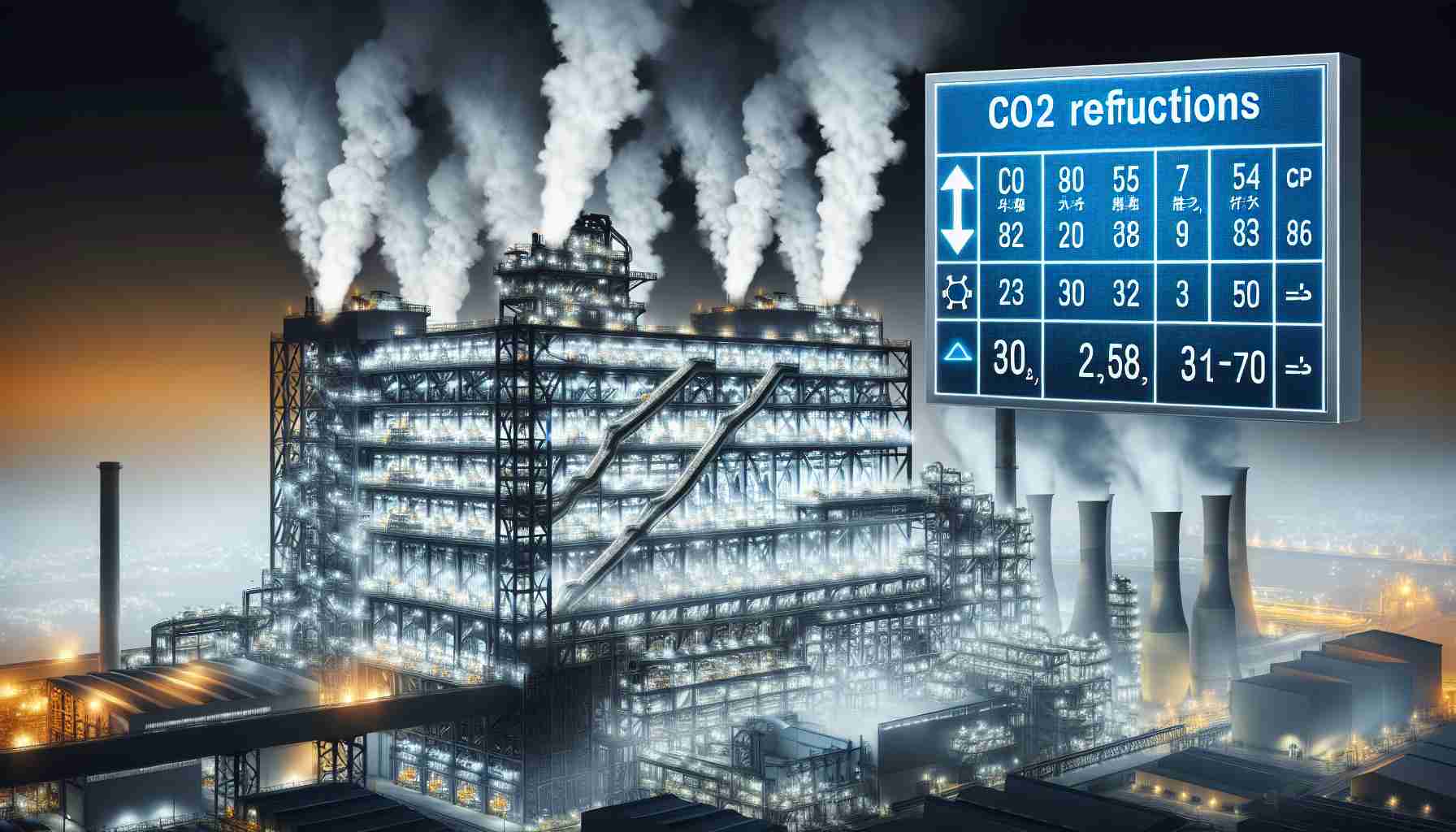Nippon Steel, the largest steel producer in Japan, has announced that they have successfully reduced emissions by 33% through the heating of hydrogen in a month-long test on a small-scale experimental blast furnace. This is the largest emission reduction achieved through this method.
Traditionally, in the production of steel, oxygen needs to be removed from iron ore in a process called “reduction.” This is typically done using coke in a blast furnace, which both reduces the iron ore and generates a significant amount of heat needed to melt the metal. Unfortunately, this process results in high CO2 emissions. Hydrogen can be used as a direct reducing agent instead of coke, but this reaction is difficult to sustain as it is endothermic rather than exothermic, meaning it does not produce the heat required for iron melting. Only a few companies, such as H2 Green Steel in Sweden, are planning to directly reduce iron using hydrogen and utilize arc furnaces powered by renewable energy for heat generation. Theoretically, this could lead to emissions reductions of up to 95%. Other major steel producers, such as Tata Steel and Thyssenkrupp, are also conducting tests on hydrogen injection to extend the lifespan of existing blast furnaces, although the emission reductions in these tests have been minimal.
Nippon Steel aims to achieve a 50% emissions reduction in their existing blast furnaces through hydrogen injection. It was previously announced that this process had already contributed to a 22% reduction in CO2 emissions in August. The Japanese steel producer plans to implement the COURSE 50 technology, which involves recovering hydrogen generated during the combustion of coke in blast furnaces as a reducing agent, in their second blast furnace at the East Nippon Works in Kimitsu from January 2026, and externally inject hydrogen obtained from outside sources as part of the Super COURSE50 process by 2050. Both of these hydrogen injection techniques were developed with the financial support of the NEDO research and development agency, which has allocated ¥193.5 billion (approximately $1.3 billion) to Nippon Steel’s decarbonization program.
